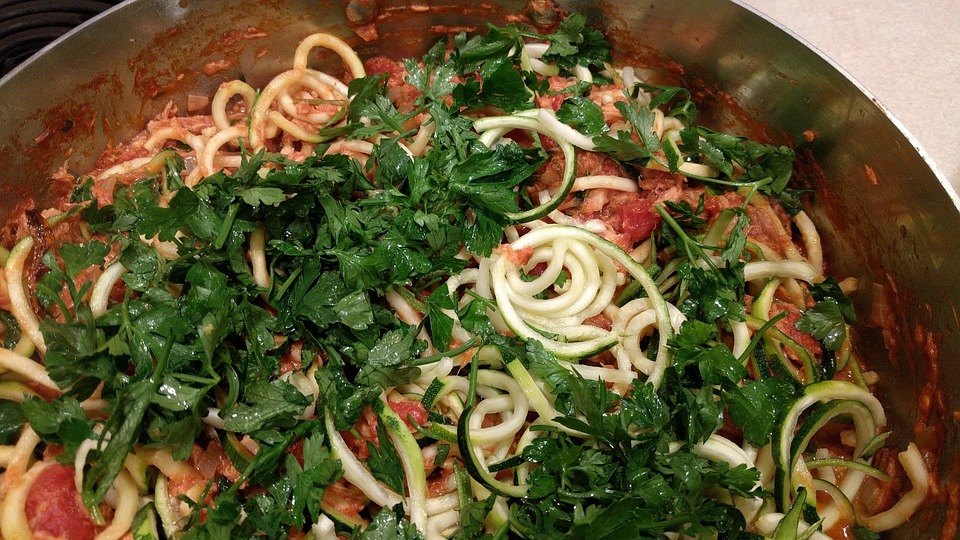Mad Honey, and it has a marginally harsh taste and a ruddy shading. All the more eminently, a couple of sorts of rhododendrons, among them Rhododendron luteum and Rhododendron ponticum, contain grayanotoxin, which can cause emotional physiological responses in people and creatures. Contingent upon how much an individual devours, responses can extend from mental trips and a more slow heartbeat to impermanent loss of motion and obviousness.
There have been no advanced passings recorded from eating distraught nectar. Yet, as rhododendrons prosper at high heights, and as the honey bees regularly home on sheer precipices, assembling the nectar might be more hazardous than devouring it. In Nepal, nectar trackers make perilous vertical trips—while suffering stings from colossal honey bees—to gather distraught nectar.
In any case, eating the nectar can be a horrendous endeavor as well. Perhaps the most punctual record of frantic nectar, which originates from Xenophon of Athens, an understudy of Socrates, portrays an organization of Greek warriors in 401 B.C. going through Turkey. In the wake of eating nectar taken from bee sanctuaries along the course, they regurgitated, had looseness of the bowels, wound up confused and could never again stand.









